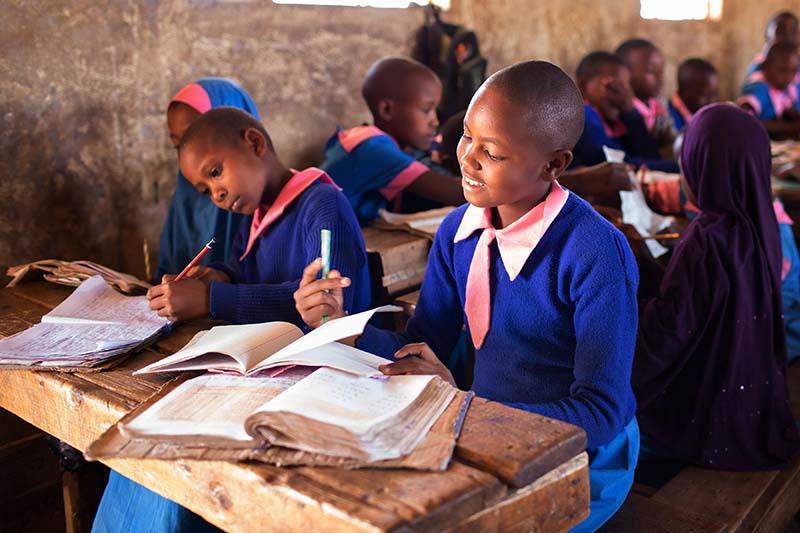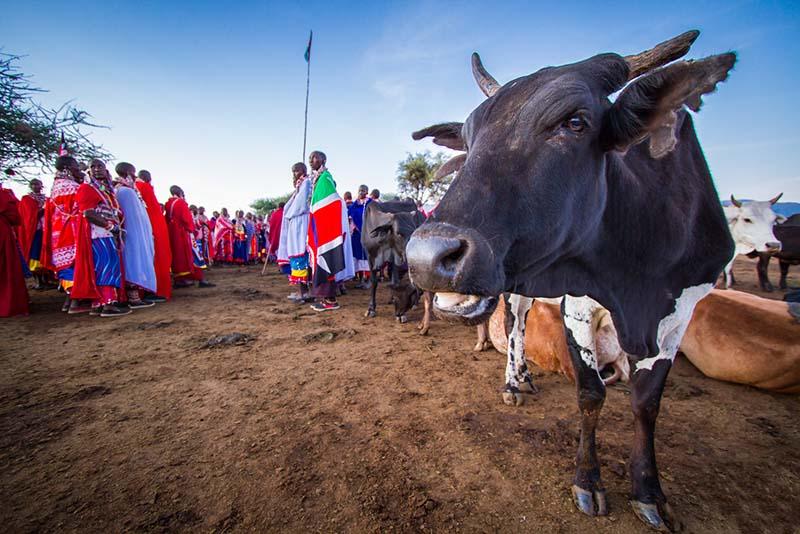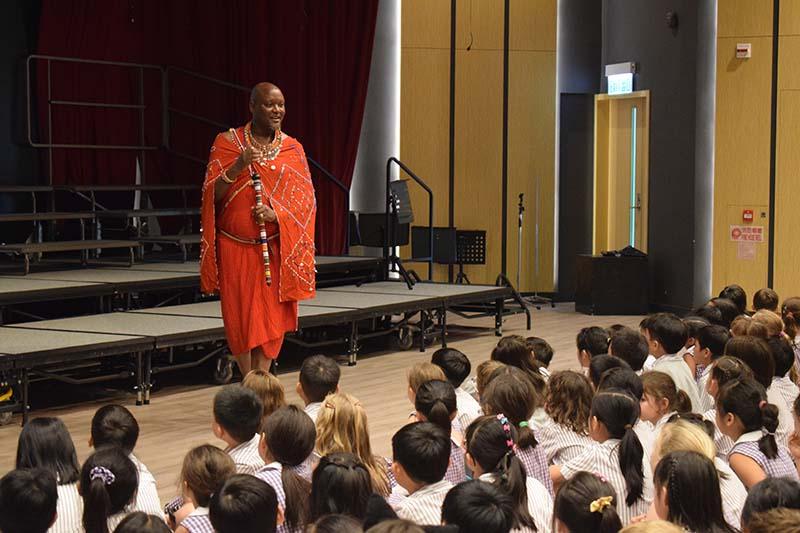
The ultimatum was unimaginable. Either find the funding to pay for school fees, or be forced into an early marriage.
A girl in Big Life’s area of operation, we’ll call her Sarah to protect her privacy, had entered secondary school with high hopes of completing her education. However, a change in her family’s circumstances meant that they could no longer afford her school fees, and seeing no other option for additional income, Sarah’s father initiated plans for her to be married.
But just before her fateful deal was sealed, a plea was made to Big Life. Through a grant from the International Monetary Fund (IMF), Big Life was able to provide Sarah with a one-year scholarship to continue her studies, as part of Big Life’s Education and Scholarship program. Big Life’s team in Kenya say of Sarah that her “outlook on life is now bright and she has been strengthened to face the future.”
In addition to sponsoring Sarah’s education, Big Life currently supports 262 students (133 girls and 129 boys) with long-term scholarships, and pays the salaries of 22 teachers. This support is particularly important for girls, since education is one of the most powerful weapons in preventing child marriage. The longer a girl stays in school, the less likely she is to be married before the age of 18 and have children in her younger years, among countless other benefits.
This truly life-changing work would not be possible without Big Life’s amazing donors, including the IMF, the Ann Lurie Revocable Trust, the Highland School and Families, Michael and Jane Agg, the Capricorn Foundation, The Foundation for the Promotion of Individual Opportunity, the Mellmann Foundation, the Stoneleigh Charitable Fund, and dozens of inspired individuals.
As back-to-school time has arrived in the US, Big Life wishes students worldwide a bright and strengthened future.



